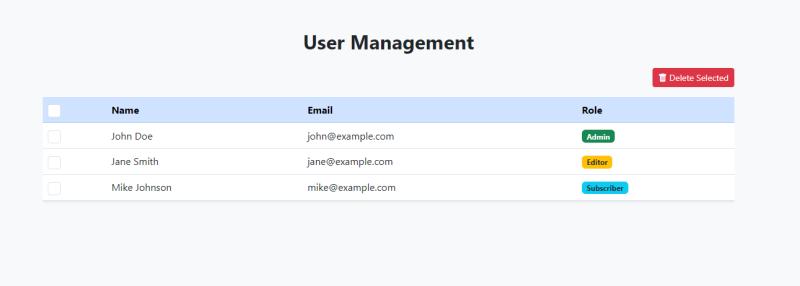Beginner to Pro guide on mastering JavaScript Fetch API with real world examples and full source code.
🔹 What is Fetch API in JavaScript?
The Fetch API is a modern interface in JavaScript used to make HTTP requests, replacing the older XMLHttpRequest method. It's promise-based, clean and much easier to use.
🔹 How to Make a POST Request with Fetch API
You can use the Fetch API to send data to your server with a POST request—no need for external libraries. Submitting a JSON Object to a Server
🔹 Handling Errors in Fetch API
The Fetch API won't reject on HTTP error status (like 404 or 500). You have to manually handle it.
🔹 Using Async/Await with Fetch API
🔹 Practical Use Cases of the Fetch API
• Interacting with REST APIs
• Submitting Forms Asynchronously
• Dynamic UI Updates (AJAX Style)
• Building Progressive Web Apps (PWAs)
• JSON parsing and manipulation
🚀 Want more real-world JavaScript tutorials? Bookmark TechQuestWorld!
💬 Used Fetch API in a way that surprised even you? Share your story in the comments.
🎯 Challenge: Rewrite an old XMLHttpRequest code using Fetch and share the result!





